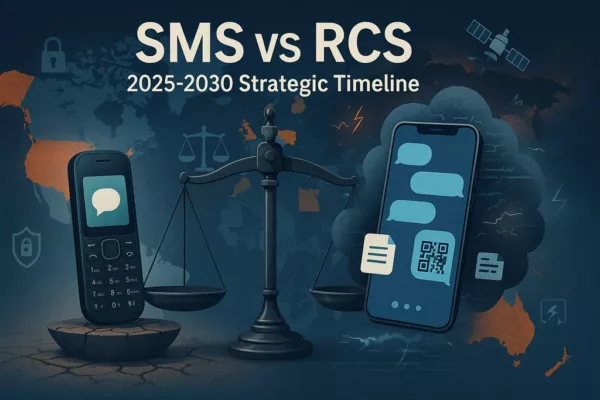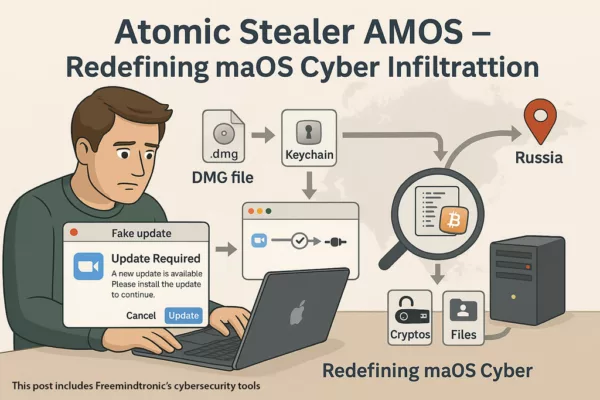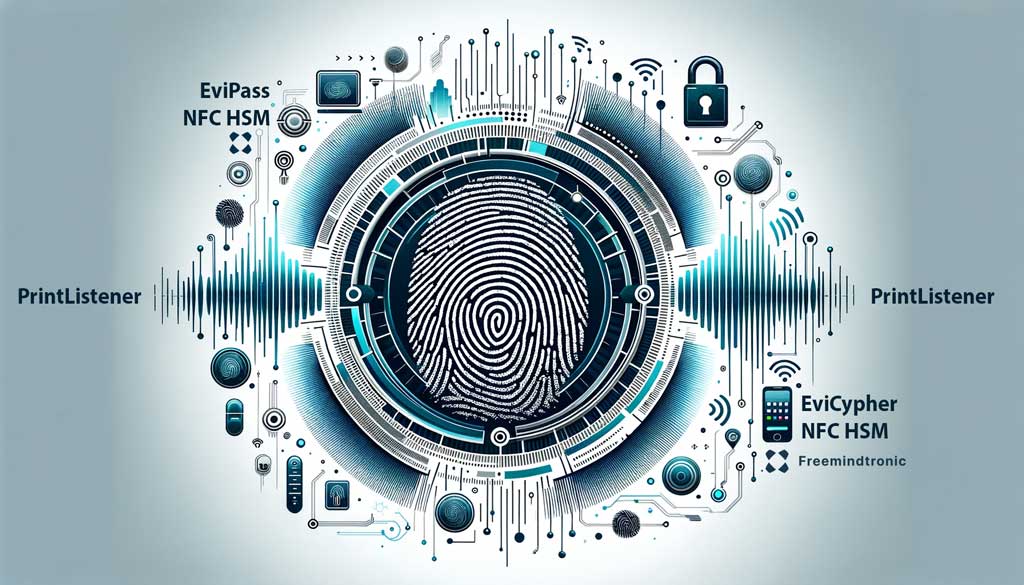PrintListener: How this Technology can Betray your Fingerprints and How to Protect yourself PrintListener revolutionizes the realm of Acoustic Analysis Attacks by honing in on the unique sound of finger friction on touchscreens. This novel approach allows for the replication of fingerprints, marking a significant advancement in the field. Unlike traditional techniques that broadly utilize […]
Stay informed!
Join our community of technology enthusiasts! Subscribe to our newsletter and receive exclusive updates on the latest news, special offers, and tips from Freemindtronic. Stay informed on the latest technology trends, discover new products, and be among the first to take advantage of them. Sign up now by entering your email address below. Don't miss any updates from Freemindtronic!






